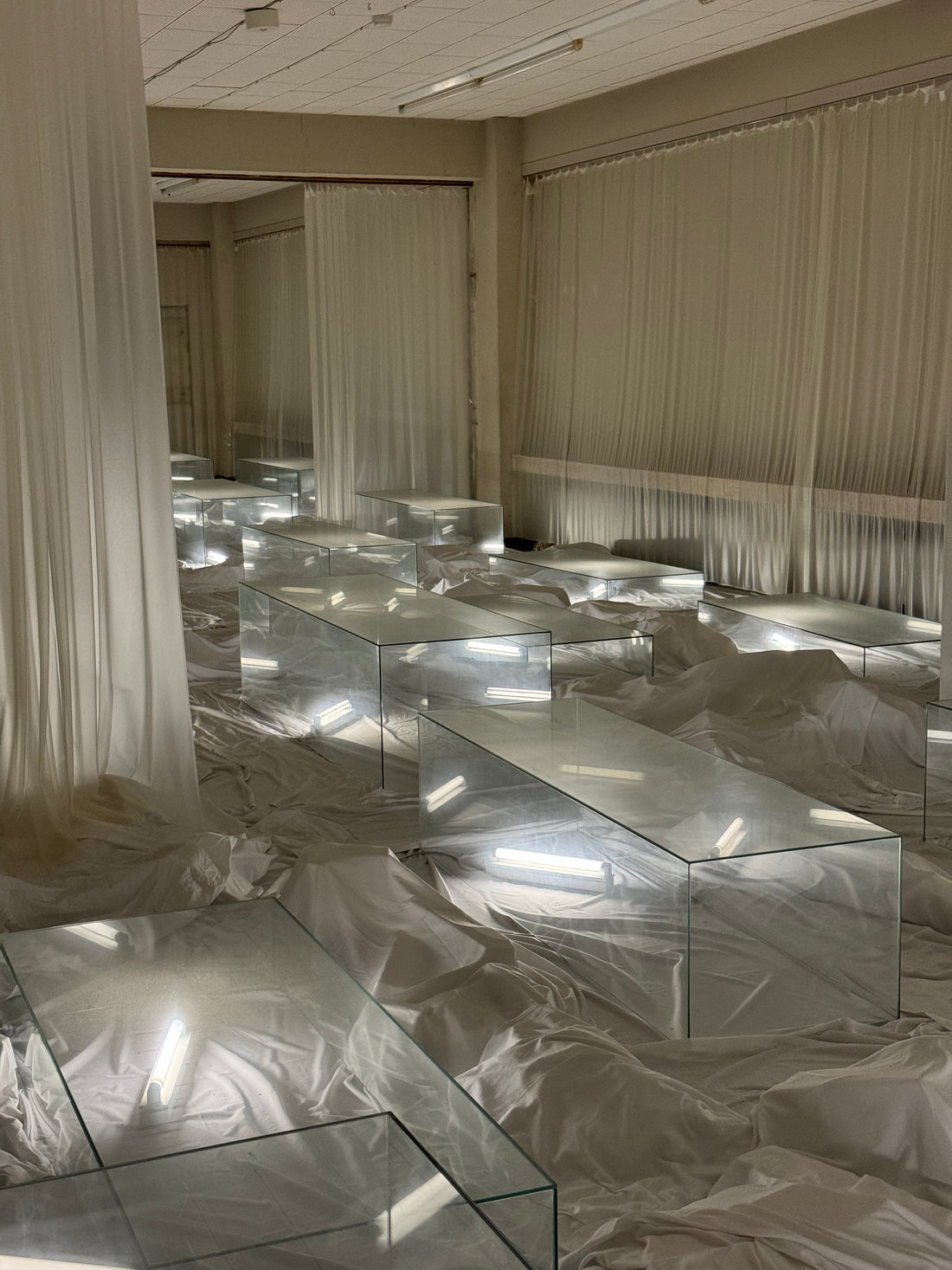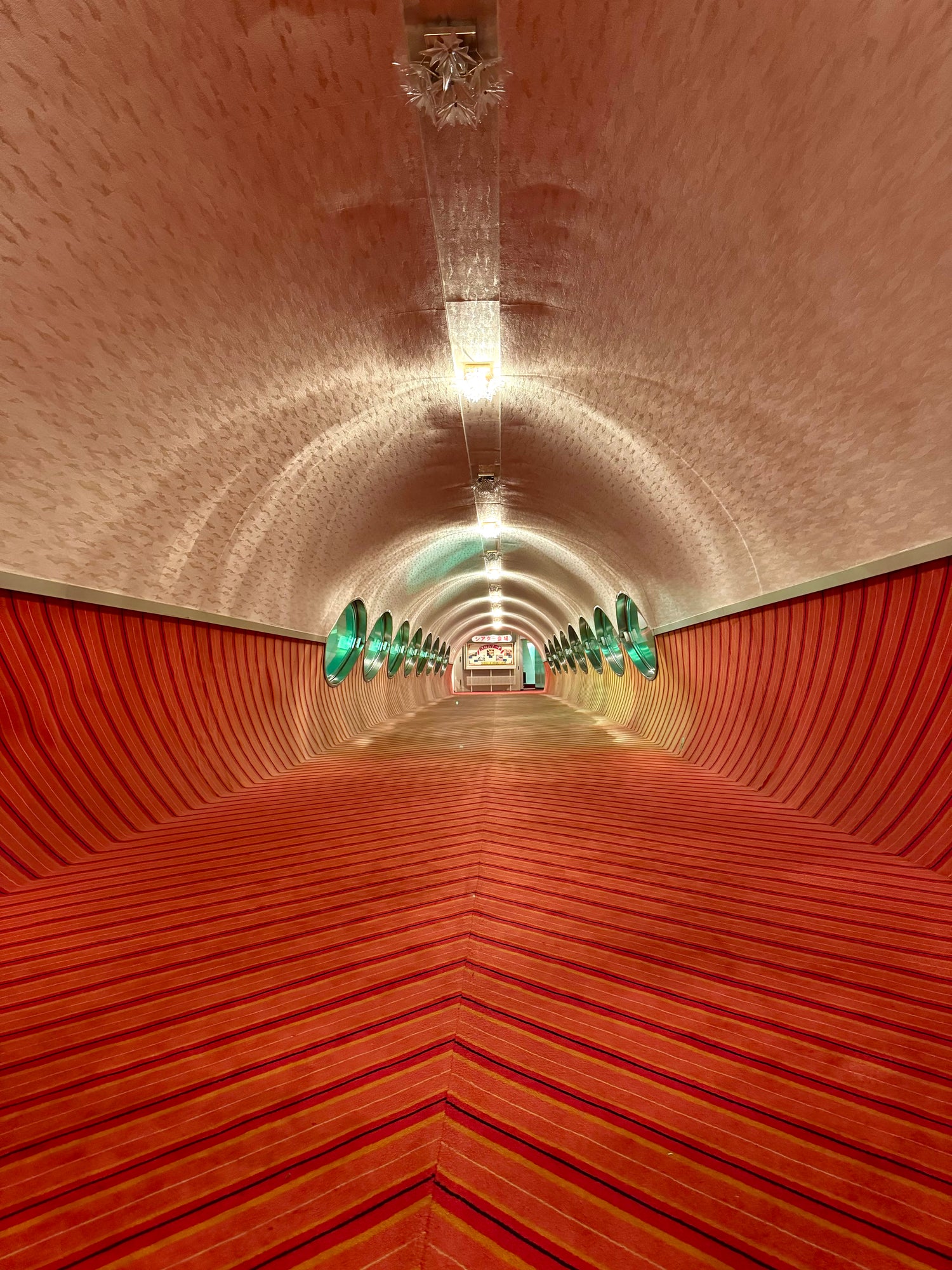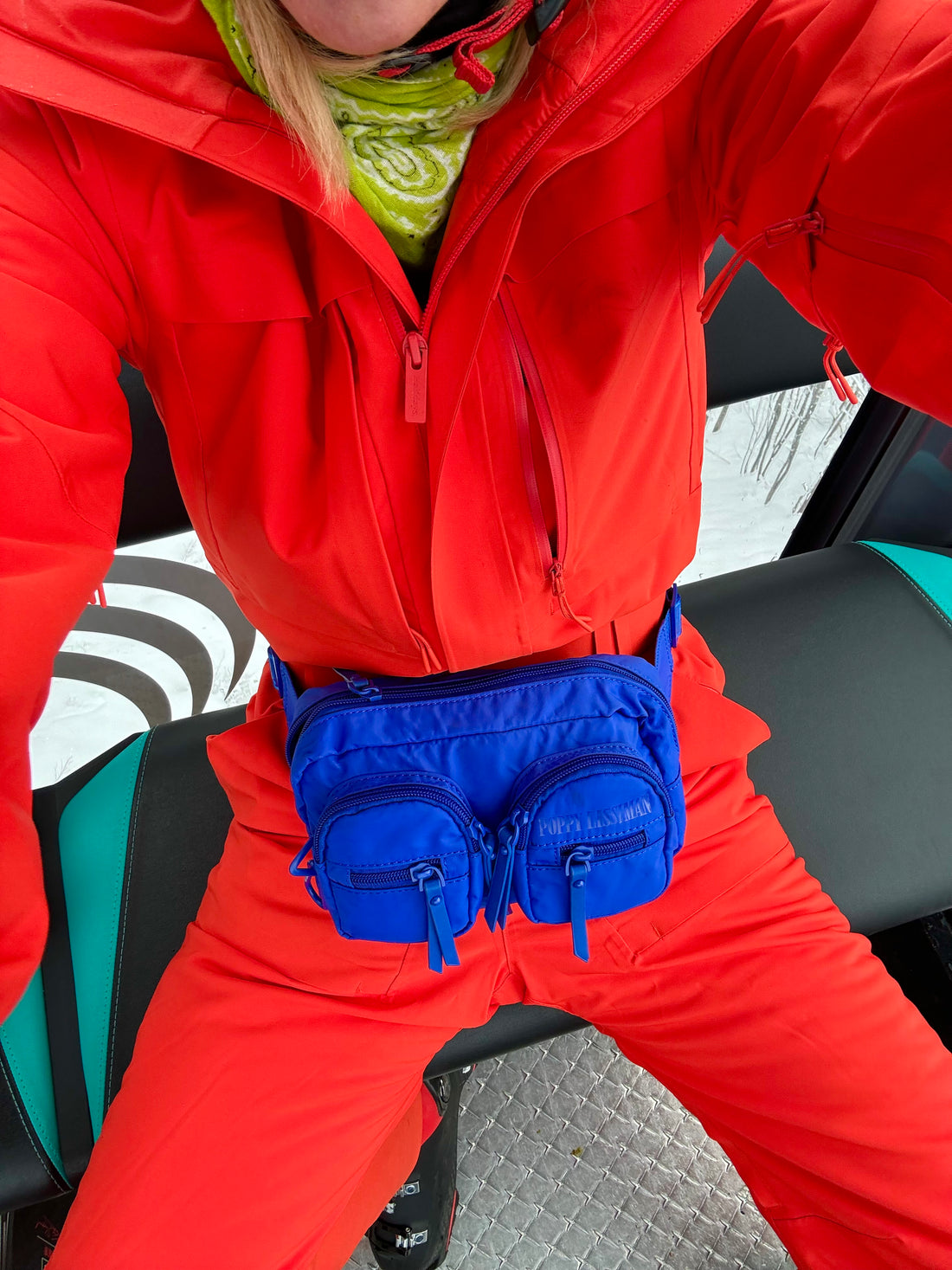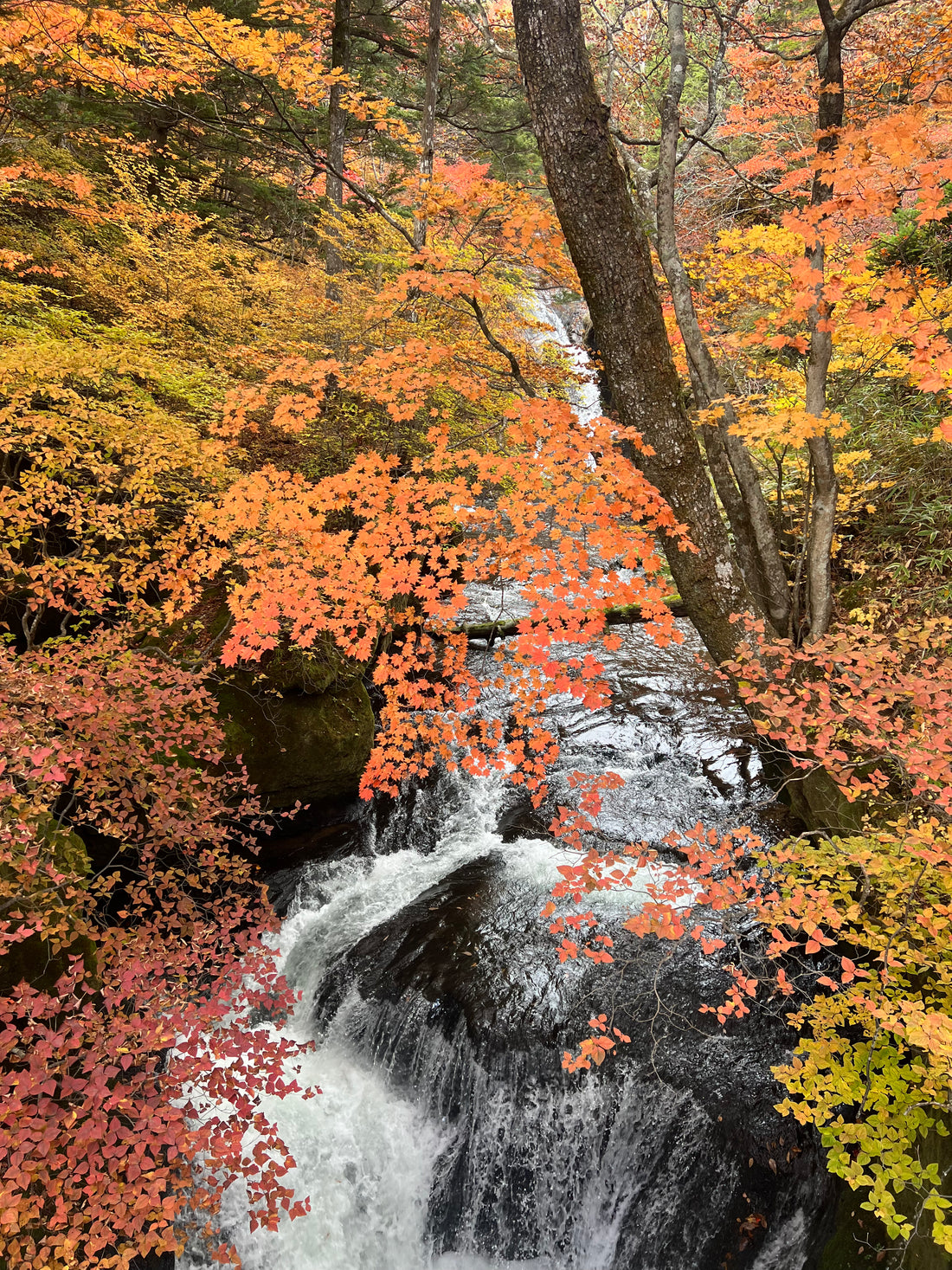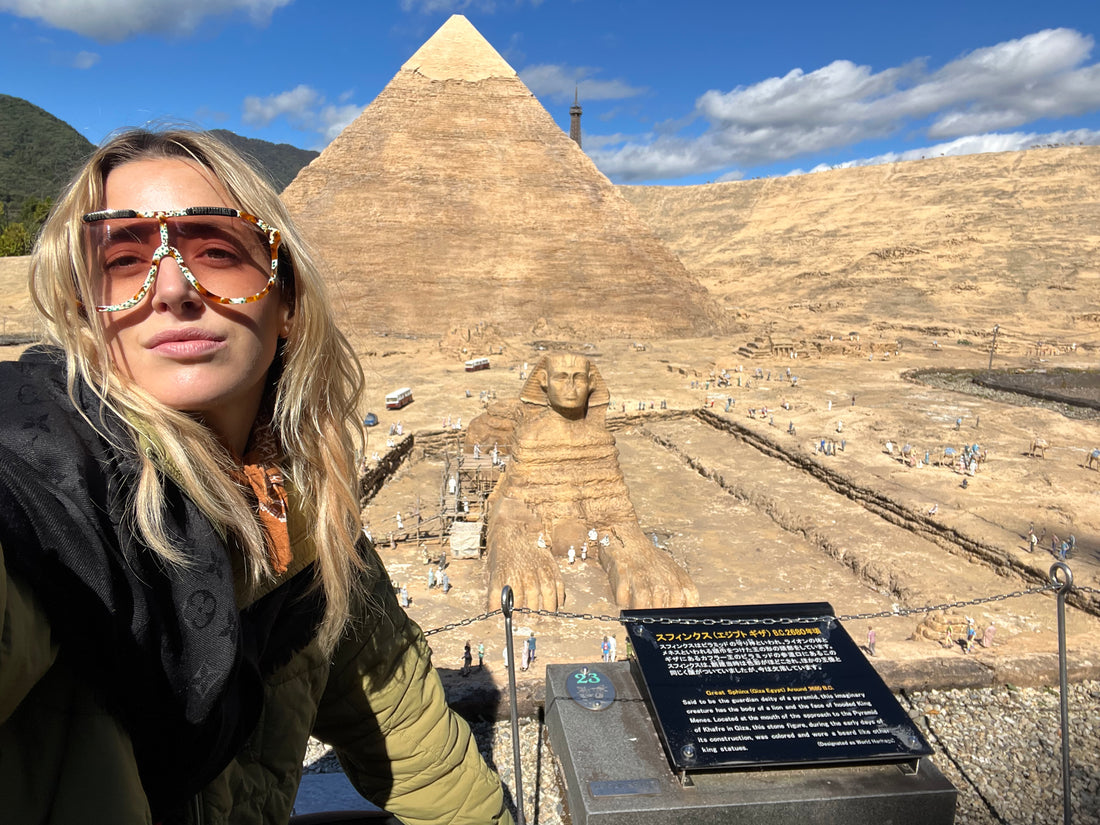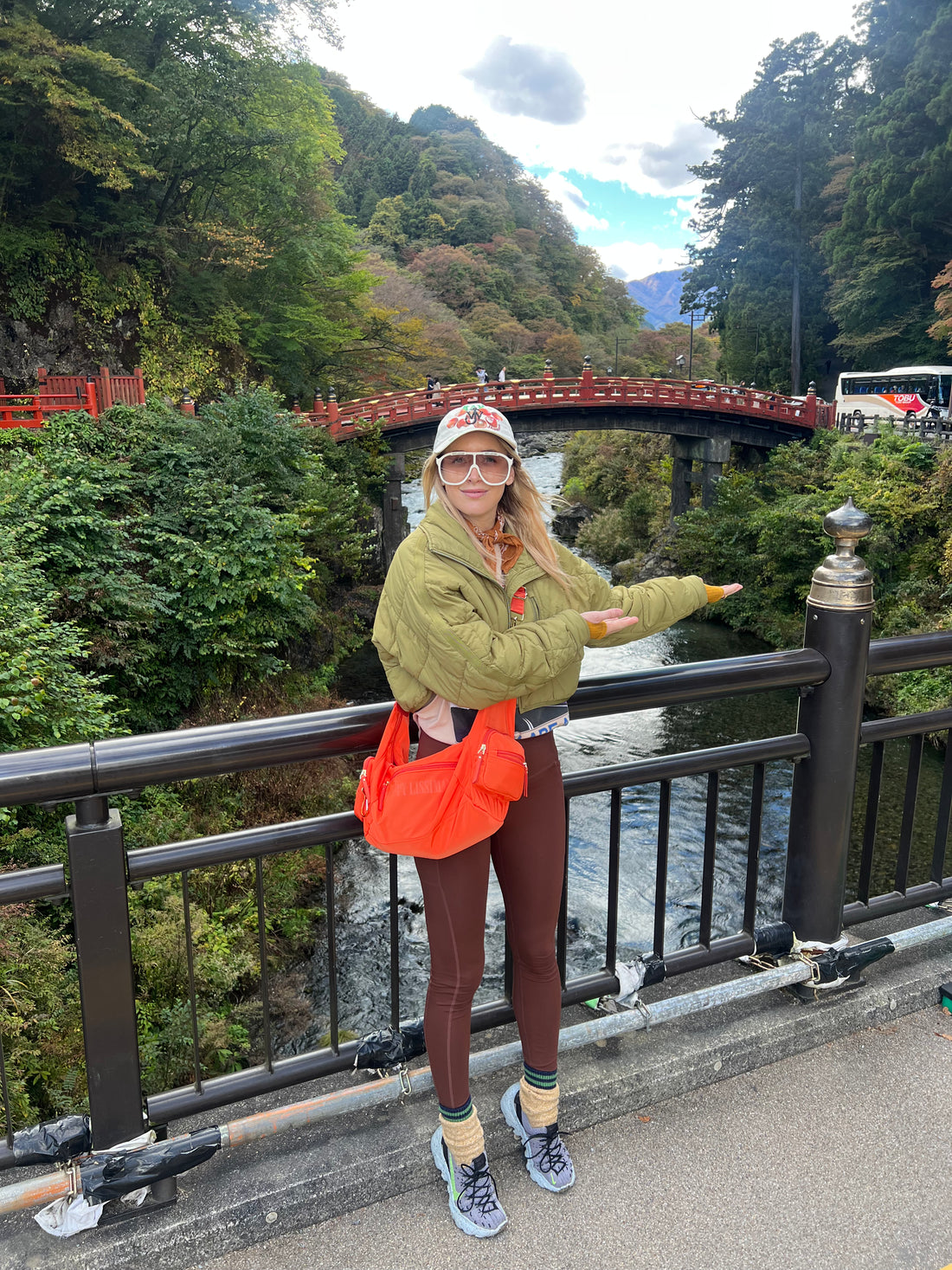GENERAL TIPS/IMPORTANT INFORMATION
A few tips of important info I think is helpful to making your trip to Japan seamless.
Airports - Tokyo has two major airports; Haneda and Narita. If you’re staying in central Tokyo try and get a flight into Haneda as it’s about 20-30 minutes into the city with a taxi or Uber. Narita is about an hour by express train to Shibuya Station is kind of a pain to get to and from.
desu - I am <name>
For parties:
PLACES TO VISIT OUTSIDE OF TOKYO
Sure you could do what every single other person who visits Japan does and go to Kyoto and Osaka OR you could visit some less beaten paths where there is far less or virtually no tourists and where your tourist dollars actually make a difference and will ensure that some of these unique places and communities will be around for years to come.
Most of these places are a 1-4 hour commute from Tokyo. I’ve listed the top day trips first followed by places which you can also do day trips from Tokyo but I would recommend staying overnight as there is so much to see and do and the commute is a little longer.
All of these places can be reached via train however I have noted a few places which I would recommend driving to. Driving in Japan is incredibly safe, all you need is your passport and an international drivers license to hire a car. The first time we started hiring cars to drive around I felt like we had peeled back a layer of this country which we would never normally see had we caught the train and been limited by places closer to train lines. Taxis in rural parts of Japan are rarer so you might be able to get a taxi from the train station to your location but struggle getting one back.
Day Trips From Tokyo
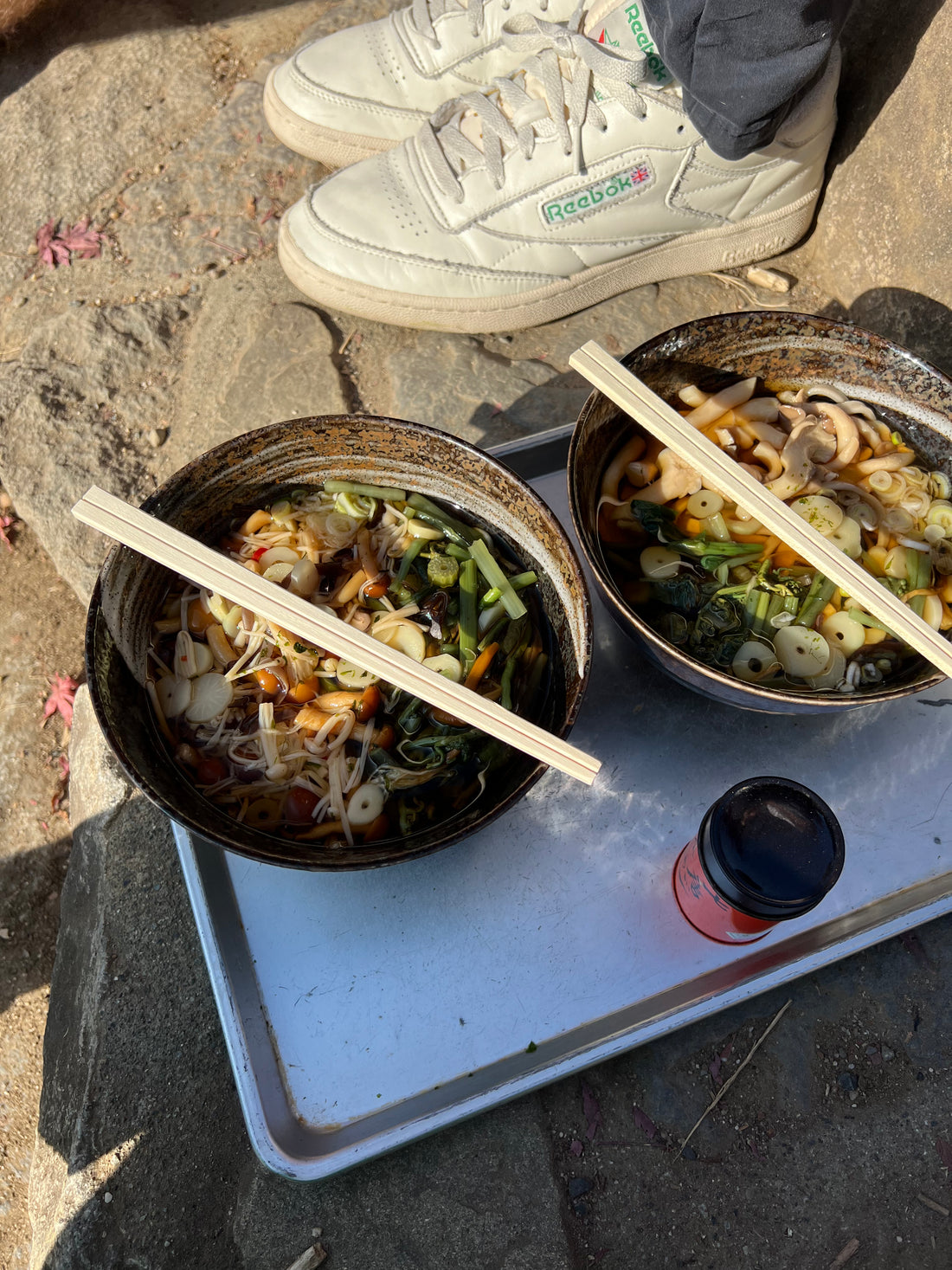
Mountain veg udon noodles at the top of Mt Takao
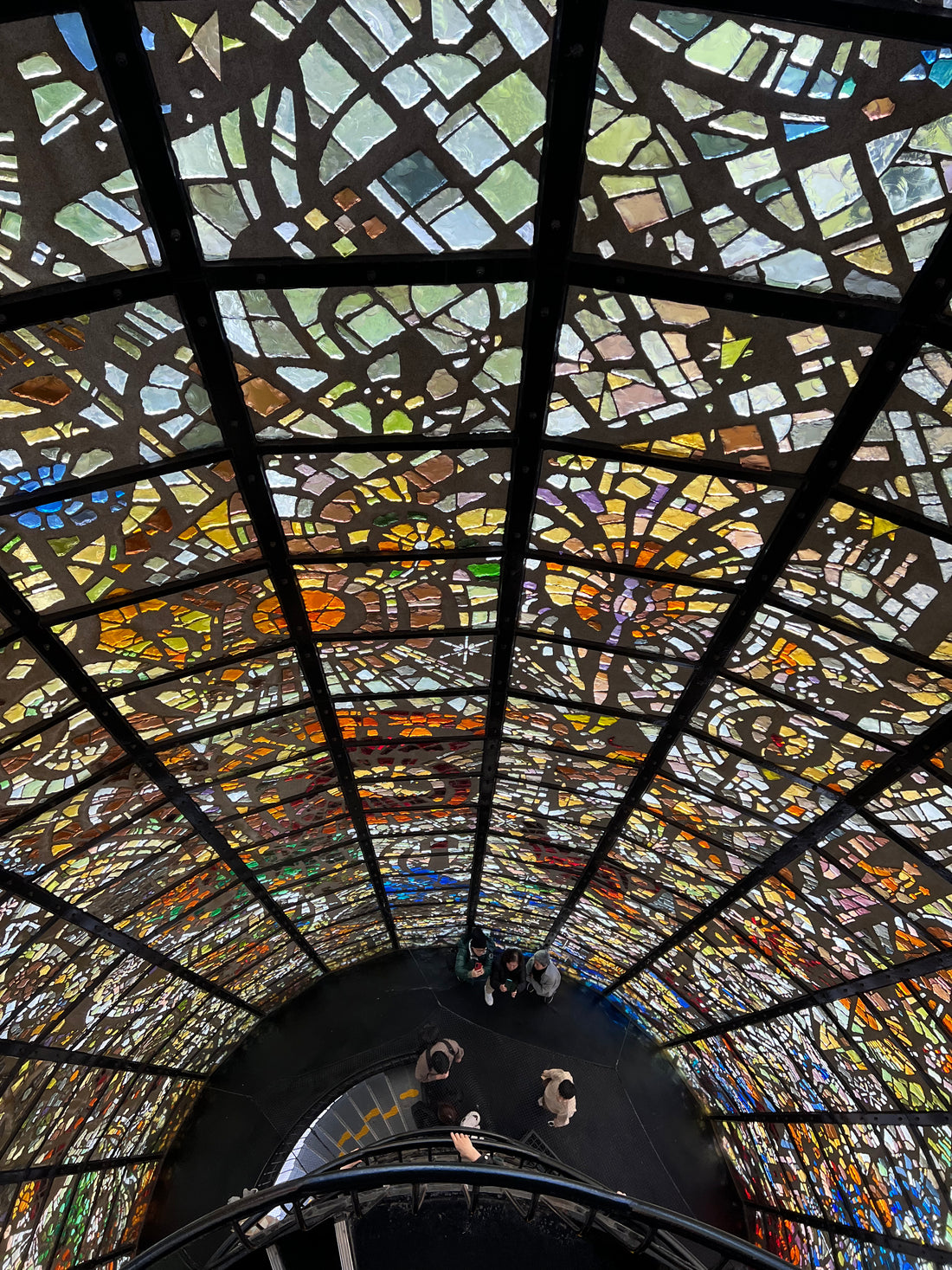
Symphonic Sculpture at Hakone Open Air Museum
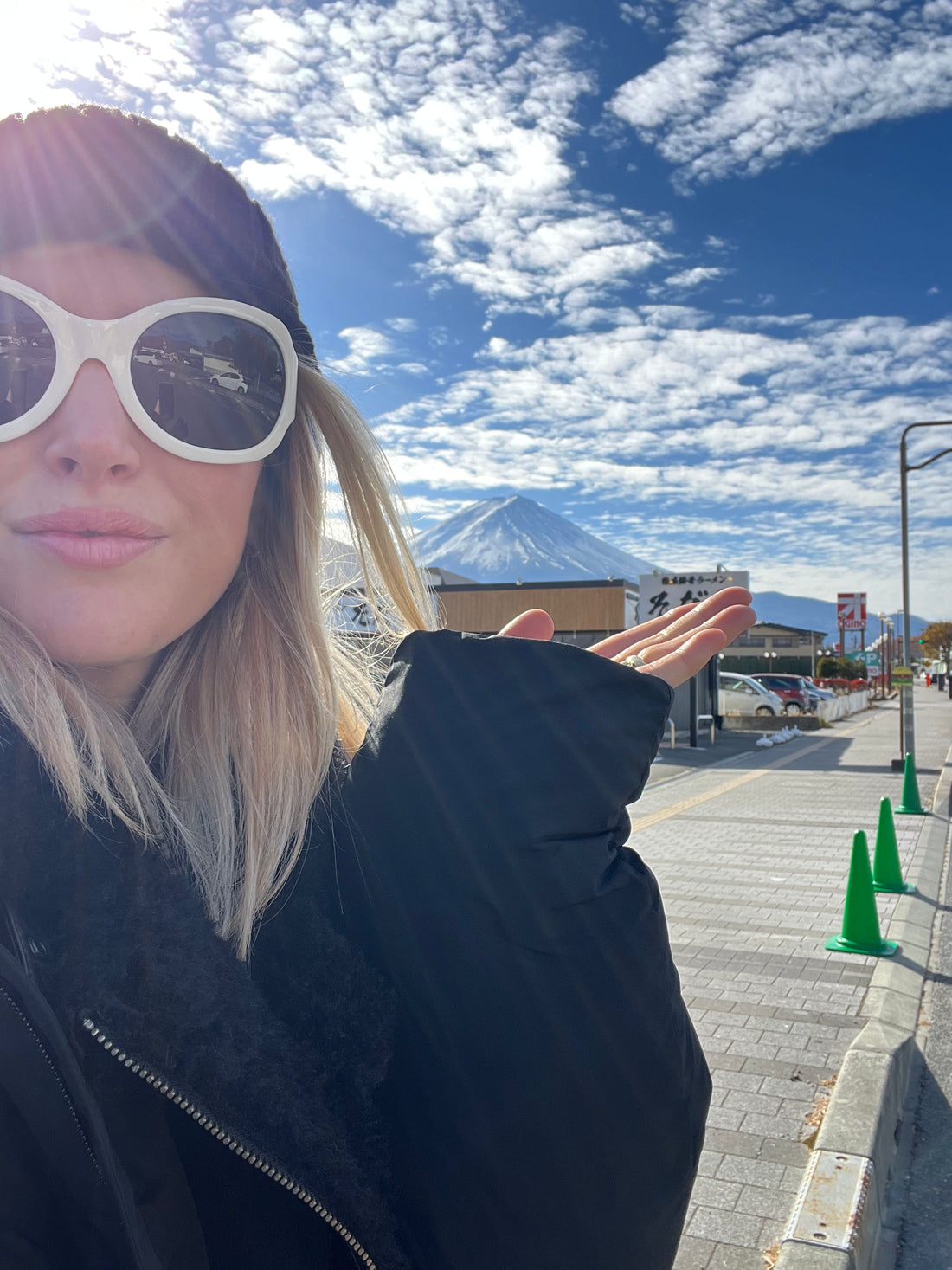
The one and only Fuji-San from Lake Kawaguchiko
Mount Takao
Hiking up Mount Takao is a nature day trip, located about 50 minutes outside of Central Tokyo and considered to be a good mountain for beginners due to all the trails being paved.
On the way up you’ll pass a number of special shrines (look out for Yakuoin Temple & Izuna Gongen-do Shrine) as well as spots to grab a snack (I highly recommend the mountain vegetable udon if you see it). There is a monkey zoo / park about midway up but I’d give it a wide berth as the monkey enclosures are overcrowded, dirty and quite upsetting.
Mount Takao is best enjoyed during Cherry Blossom season (spring) or Autumn when the leaves are bright red and yellow.
Yokohama
About a 45 min train ride from Shibuya Station. Yokohama is a great day trip from Tokyo to sample all the culinary delights of their local Chinatown (the largest Chinatown in all of Japan)
Other highlights include the waterfront area of Minato Mirai 21 - for an epic view of the harbour go up the Cosmo Clock 21 Ferris Wheel.
The kooky Cup Noodle Museum looks like a modern art gallery from the outside but is in fact as the title suggests a museum to ramen where you can learn about the history of noodles and even make your own.
Hakone
Further south from Yokohama (about an hour and a half from Central Tokyo) nestled in the foothills of Mount Fuji is Hakone which has an excellent mix of art, culture, adventure and relaxation. One of my favourite museums in Japan; Hakone Open Air Museum is a 2 minute walk from the train station. Other highlights of Hakone include: Lake Ashi where you can catch glimpses of Mt Fuji via a Pirate Ship Cruise.
There are several onsens in Hakone; if you’re going for a day trip (most accommodations will have onsens for their guests) however there are a few public options for day trippers: Tenzan Onsen or for something a bit more kitsch and family friendly there is Hakone Kowakien Yunessun. If you happen to stay overnight in Hakone I would recommend the following two accommodations: Hakone Honbako for a more modern twist or Fujiya for a traditional stay. Fujiya is a renowned hotel that has boasted hosting famous guests from Archduke Franz Ferndinand to the Beatles.
About a 40 minute drive from Hakone in Odawara, Kanagawa is the architectural gem that is Enoura Observatory showing off the works of artist Horishi Sugimoto.
Reservations are required to visit, and tickets cost 3,300 yen (about $30 AUD). The observatory can be accessed via a shuttle from Nebukawa Station on the JR Tokaido Main Line. Exploring the site typically takes 1-2 hours
Mt Fuji / Lake Kawaguchiko
Personally I prefer a day trip to Mt Fuji. Some people will plan a whole trip around visiting Mt Fuji or Lake Kawaguchiko only to get there on a bad weather day and not see the mountain at all due to poor visibility. Fuji-san.info will provide 10 day forecasts with ratings from 1 (poor) to 10 (excellent) and Yamanashi Kankou website has live cameras with vantage points all around the area you can check for views of the mountain.
Hiring bikes at Fujisan Bike and riding around Lake Kawaguchiko is a fun activity in this area. The ride to Chureito Pagoda isn’t too far if you want to see one of the most recognisable views of Japan. The Mount Fuji Panoramic Ropeway is worth checking out to get a great view of the Lake and Mountain. For day trippers I really enjoyed Yurari Onsen (might need to get a taxi here) for beautiful outdoor onsens overlooking the Mountain.
The only time we’ve stayed overnight in Mount Fuji was during an event in the area so accommodations were sold out or limited - we stayed in an Airbnb (wouldn’t recommend) however I do have a wishlist of accommodations
I’ve heard great things about:
Fuji Kawaguchiko Onsen Konansou Hotel
Kozantei Ubuya Ryokan
Rakuyu (next to the Panoramic Ropeway)
OVERNIGHT TRIPS FROM TOKYO
The following locations are 2 hours+ outside of Tokyo, still could do a day trip but I’d highly recommend staying overnight minimum 1 night in these spots.
IZU PENINSULA
Izu Peninsula
Further south from Yokohama and Hakone in the Shizuoka Prefecture is the Izu Peninsula which I could go on about for days, we travelled here many times for weekend getaways out of the city and its easily one of my favourite parts of Japan. There are resort towns which were once wealthy playgrounds and our now charming 80s time capsules, stunning beaches and dramatic coastlines, countless onsens, mountainous villages, waterfalls, hiking trails and some of the weirdest museums we’ve ever been to (and we made a point of seeking these places out in Japan)
Personally I’d recommend driving down the Izu Peninsula as you can unlock so many more interesting spots - especially rurally.
I’ve often joked the only stars I like to sleep under are 5 stars but I had a ball camping throughout this region on one of our many trips. We hired an Overland Camper, its run by a fellow Aussie called Luke who’s been living in Japan for many years - tell him Poppy and Harro sent you!
Rainbow Disco Club is a forest festival held usually in April. If you enjoy music festivals this is definitely one worth adding to your itinerary.
The New Akao Hotel
Nestled into the cliff overlooking the Pacific Ocean and the resort town of Atami. The New Akao is a charming retro Showa era hotel (perfect if you like the vibe of the Hatoya - listed further down)
Hihokan Adult Museum
A very short walk from the New Akao Hotel is a 18++ kooky, sexual themed Adult Museum which is definitely worth checking out if you’re in Atami.
Hatoya Hotel in Ito
Is an utterly perfect Showa era hotel about 10 minutes from the Ito train station. (Not to be confused with the Sun Hatoya Hotel nearby) booking this hotel is a little difficult but well worth the effort - I booked through Rurubu Travel (Japanese equivalent of booking.com - just turn your translator on with your web browser). Probably my favourite accommodation we ever stayed in while in Japan, all guests pad around in their Yukata (cotton robes) and slippers. There is a karaoke bar, ramen restaurant, massive dining hall, onsen and a kitschy retro games room in the basement. The decor is everything I love about Showa era Japan - its giving The Shining in all the best ways.
The Layer Ito
If I wasn’t staying at the Hatoya in Ito I would stay here at the best Airbnb in Ito - The Layer, a mid century villa started by our friend Hillary which was just featured in Conde Nast Traveller’s best Airbnb stays in Japan.
Maboroshi Hakurankai Museum
About 10 minutes in a cab from central Ito is without a doubt the weirdest museum we’ve ever set foot in. Totally unhinged exploration of Japanese subcultures and oddities. We left with more questions than answers. 10/10 and would 1000% go back. NOT KID FRIENDLY.
The Weird Museum for Boys and Girls
After going to Maboroshi this museum doesn’t quite hold a candle in weirdness in comparison but it’s cool to check out both if you’re in Ito. Despite the name, probably wouldn’t bring kids here either.
Izu Shaboten Zoo
Generally haven’t had the best experiences with zoos in Japan but this was definitely one of the better ones. Lots of animals roaming free around the park like capybaras (you can feed and pat them), spider monkeys and peacocks. Strange perk is that dogs are allowed in this zoo (in prams or on their lead)
Kawazu Seven Waterfalls
Stunning trail tracking a crystal clear riverbed with walkways along and over the waterfalls. Best accessed by car.
O-Daru Falls (onsen)
Short walk from the start of the Seven Waterfalls trail is a mixed gender public onsen - pack your own swimwear for this onsen as it’s outdoors and non gender segregated. Several stone onsen pools of varying heat overlooking a blasting ice cold waterfall. Probably one of my favourite onsen experiences.
Kawa Zoo
Also located between Kawazu Seven Waterfalls and O-Daru Falls is Kawa Zoo, basically just a super cute frog museum / zoo.
Shirahama Beach
Sprawling white sand beach overlooking the mountains near Shimoda.
Soulbar Tosaya
Located on the coastal town of Shimoda is a vibey, kooky little cocktail bar in an otherwise sleepy fishing village. If you’re in the area recommend popping in here for a drink.
Izu Gokurakuen
Best accessed by a car is Izu Gokurakuen “The World of the Afterlife Museum”, a fascinating museum run by an elderly couple who will teach you about various levels of Buddhist hell you’ll end up in for misbehaving. The different levels of hell are large scale dioramas built by the family and are creepy AF. Most of the museum is in Japanese so you’ll need your translator app to read the plaques. In the carpark of the museum is a sex museum also run by the couple. Bit spooky for young kids I’d say.
Asaba Ryokan
Also located in central Izu is Asaba Ryokan, I haven’t had the pleasure of staying here but know people who have (and absolutely loved it).
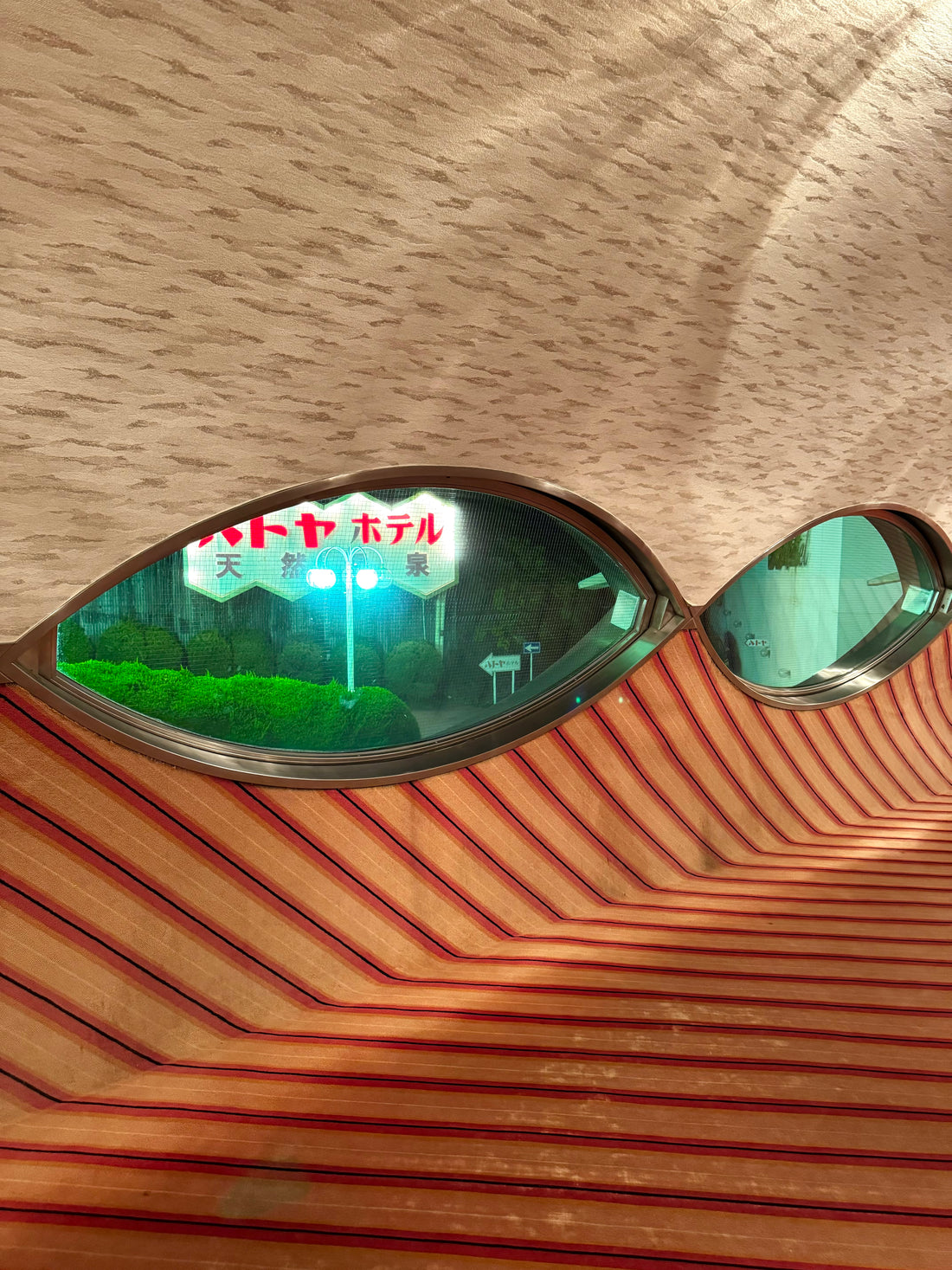
The iconic Showa era Hatoya Hotel in Ito
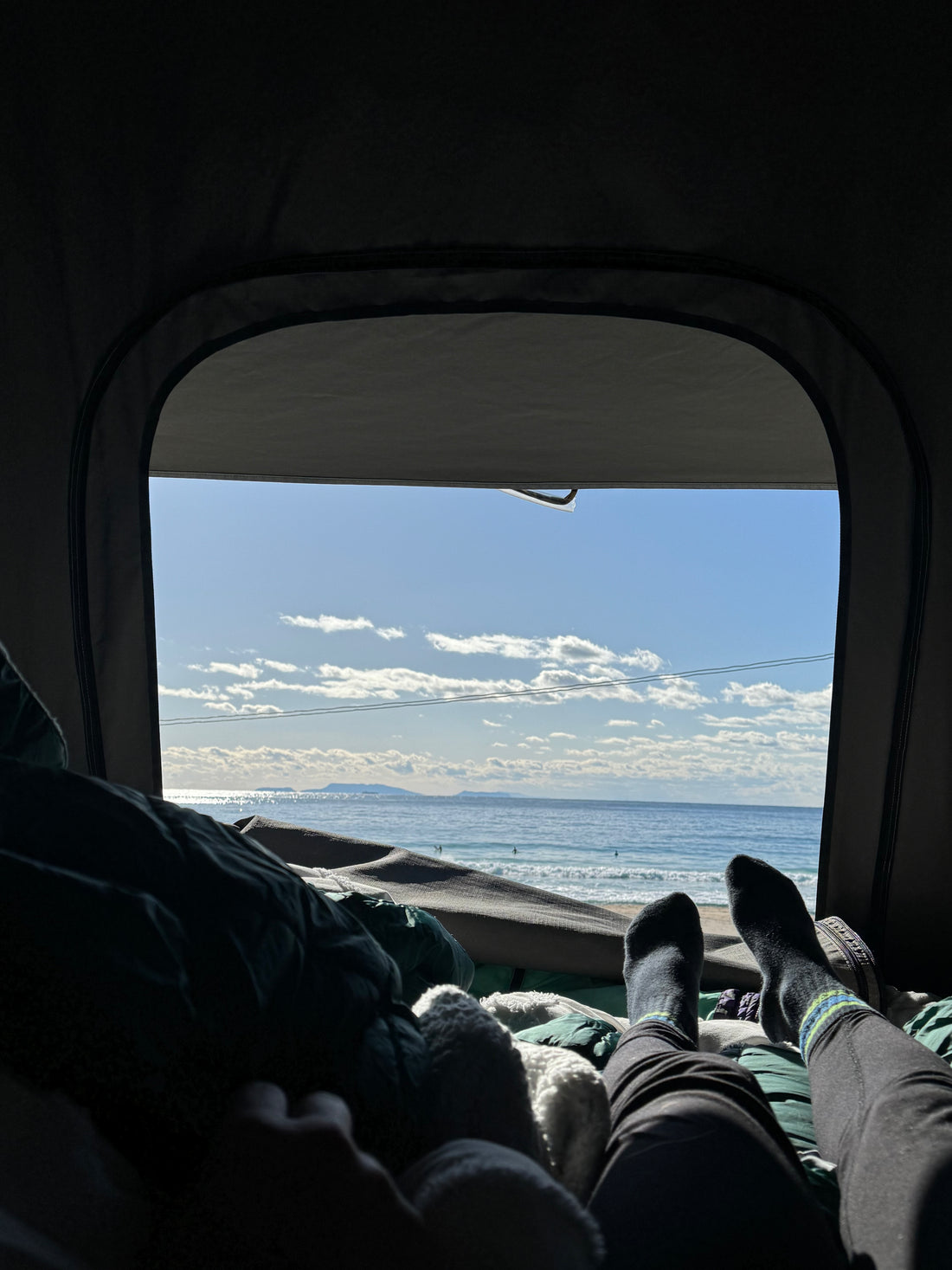
Waking up in an Overland Camper in Izu
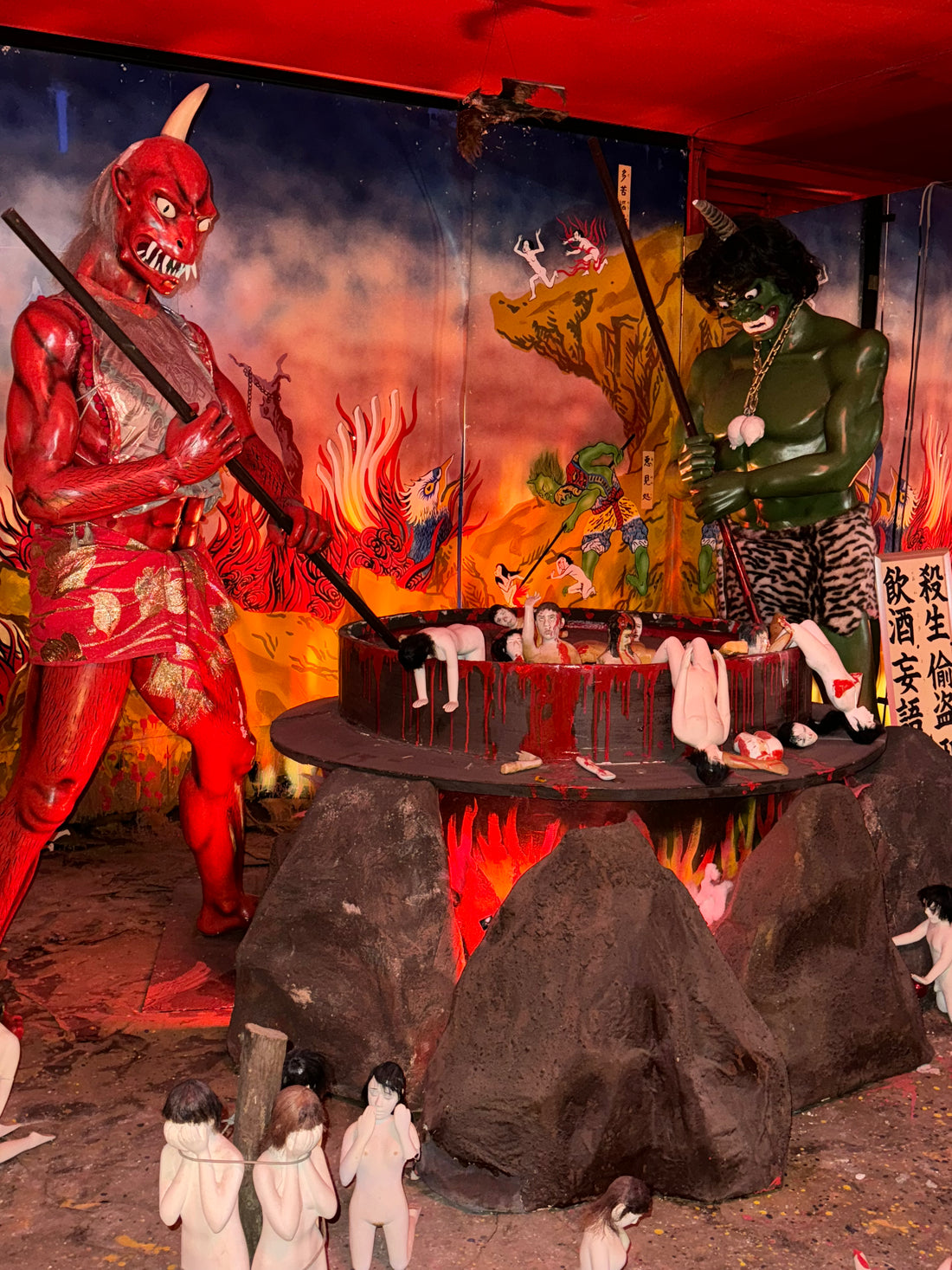
Gokurakuen museum - run by a lovely elderly couple, one of several cursed museums on the Izu Peninsula
NOZAWA ONSEN
Nozawa Onsen
Hands down our favourite ski village in Japan. I’m perpetually trying to convince people to skip Niseko (pain in the ass to get to and around once you’re there, has zero Japanese culture and is basically a mini Australia) and book a trip to Nozawa Onsen instead.
Nozawa is tiny onsen village dating back to the 8th century in Nagano Prefecture about 1.5-2 hours out of Tokyo, super convenient to get to and from - no need for a car. Everything in the village is walking distance and you can ski on and off the mountain and walk directly into the super charming town which has 13 public onsen baths.
On the 15th January every year is the Nozawa Dosojin Matsuri (Nozawa Fire Festival)
Villagers gather to construct a massive wooden shrine, which is then set ablaze in a dramatic ceremony to pray for good fortune, health and fertility in the coming year. Like all matsuri festivals it's a vibrant celebration filled with chanting, sake and community spirit.
Hire your gear from Mt’Dock opposite the ski lifts, they have the convenience of letting you leave it here at the end of every day.
Shizen Nozawa
Ask for Rowie and say Poppy & Harro sent you - fellow Aussie Rowie runs Shizen, a charming and affordable accommodation in the center of town best for larger groups which also has a yoga studio.
Ryokan Sakaya
Large ryokan on the main street of Nozawa.
Tokiwaya Ryokan
Over 370 year old ryokan in central Nozawa with a variety of its own onsen baths, a ramen restaurant and izakaya.
New Corazon
Just a few doors down from Mt’Dock at the bottom of the ski lifts is this cute, casual little diner - can’t go past the delicious mountain vegetable udon or hearty curry dishes here.
Schuss Nozawa
Best smash burgers in Nozawa. Just opposite the kid’s ski area before you hit the bottom of the mountain.
Jiyu Gekijo
Vibey little izakaya where you can roast your own skewered meat and veg over charcoal.
Guruguru
Newly opened cool natural wine bar in the middle of town.
Furusato-no-yu
Day use onsen which is one of the very few in the village you have to pay to use (the others are free but have a donation box at the entrance you’re encouraged to use for their upkeep) Furusato-no-yu is more elevated with several different baths plus amenities to use post soak.
Jigokudani Yaen-Koen
Nagano’s world famous monkey park where the wild snow monkeys bathe in the natural hot springs (a learned behaviour of watching the local Japanese folks do it for hundreds of years!) is about a 45 minute drive from Nozawa Onsen.
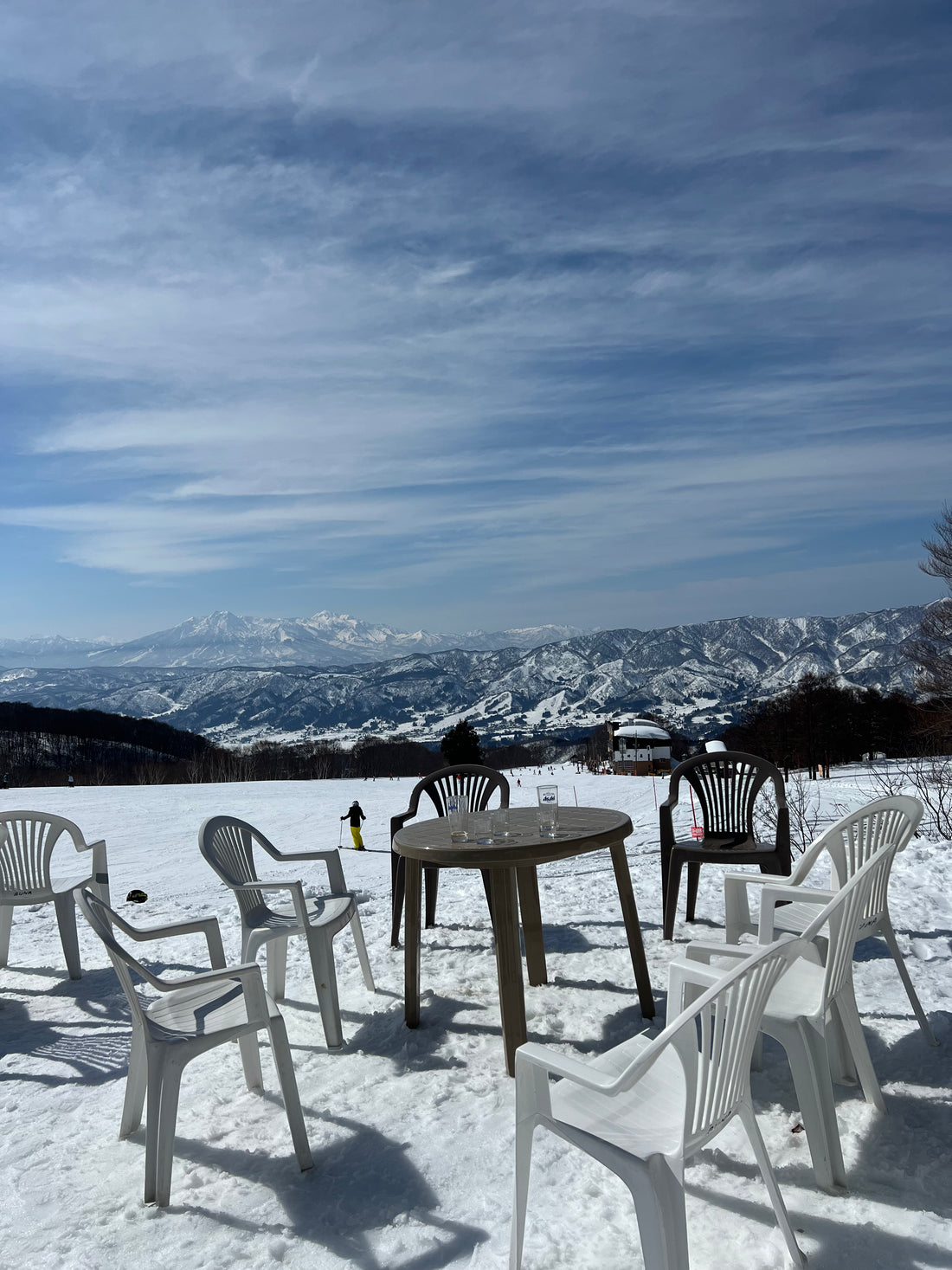
Nozawa Onsen from the top
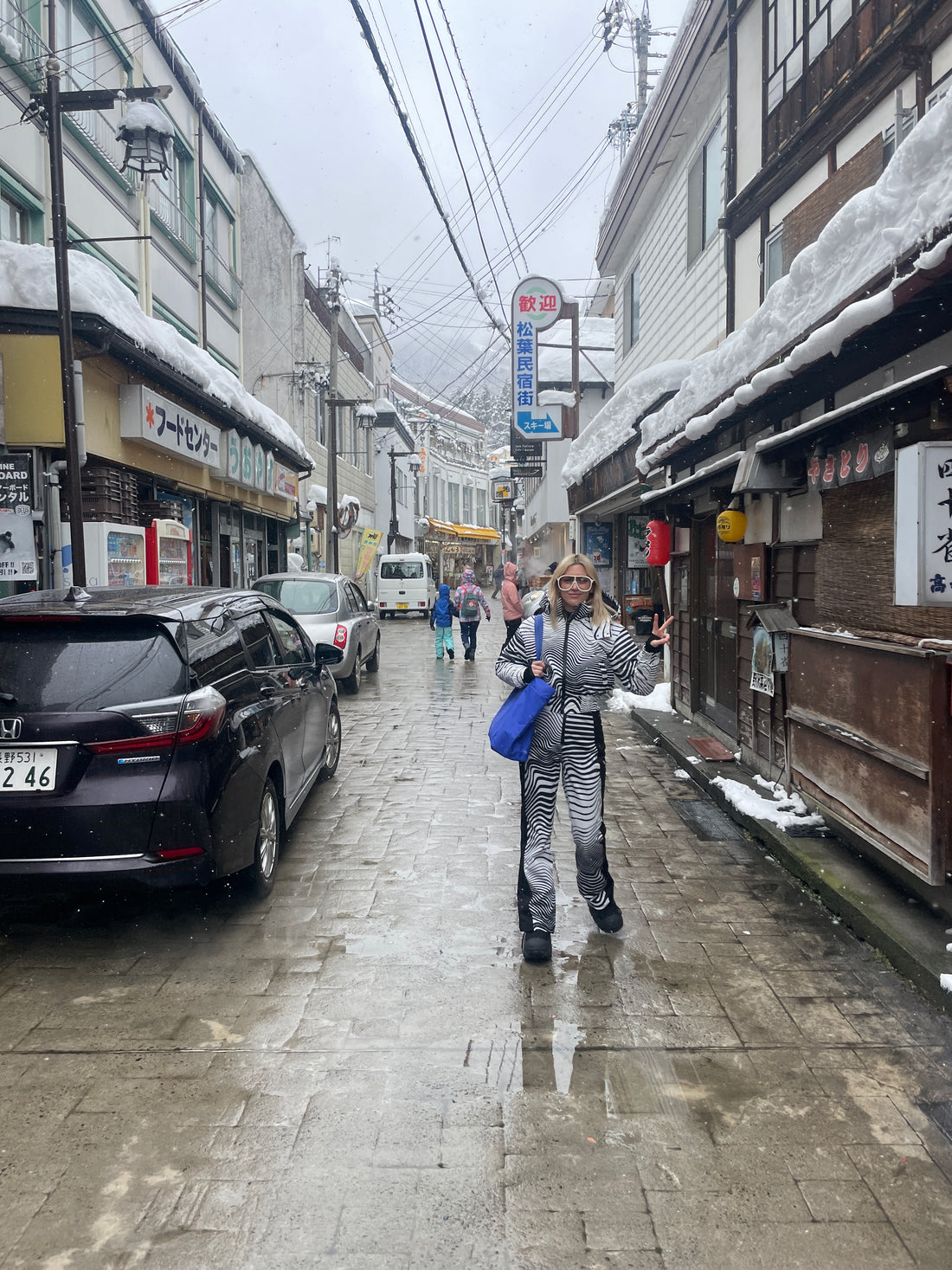
Walking around the village of Nozawa which dates back to the 8th Century
NIKKO
Nikko
A small village in Tochigi Prefecture about 2.5 hours north of Tokyo via train. I’d recommend coming here during the autumn to experience the changing of the seasons and the bright red foliage.
Toshugu Shrine
UNESCO World Heritage site - an opulent 17th century shrine honoring the first shogun.
Shinkyo Bridge
One of Japan’s most famous bridges, it was built in the 1600s and originally reserved only for shoguns and royal envoys.
Kegon Falls
Located in Nikko National Park is the Kegon waterfalls. Handful of cute noodle restaurants dotted around this area.
Senjogahara Plateau Nature Trail
A moderate 6-kilometer walk through marshlands with gorgeous views of the surrounding area.
Ritz Carlton Nikko
V close to Kegon Falls - pricey but stunning (the spa at this hotel looks absolutely insane). We stayed at a ryokan (we made the mistake of staying a bit too far away) however if I had the budget would stay here. We had a splurge dinner at the Ritz Carlton LakeHouse restaurant and a pre dinner drink at their lounge beforehand which was lovely. FYI they have a smart casual dress code so keep that in mind if you plan to come here after a day of hiking.
Tobu World Square
Outdoor theme park featuring 1:25 scale models of some of the world’s most iconic landmarks. Where else can you get a picture next to New York’s Twin Towers (never forget) and Egypt’s sphinx? Tobu World Square is where!
NIIGATA
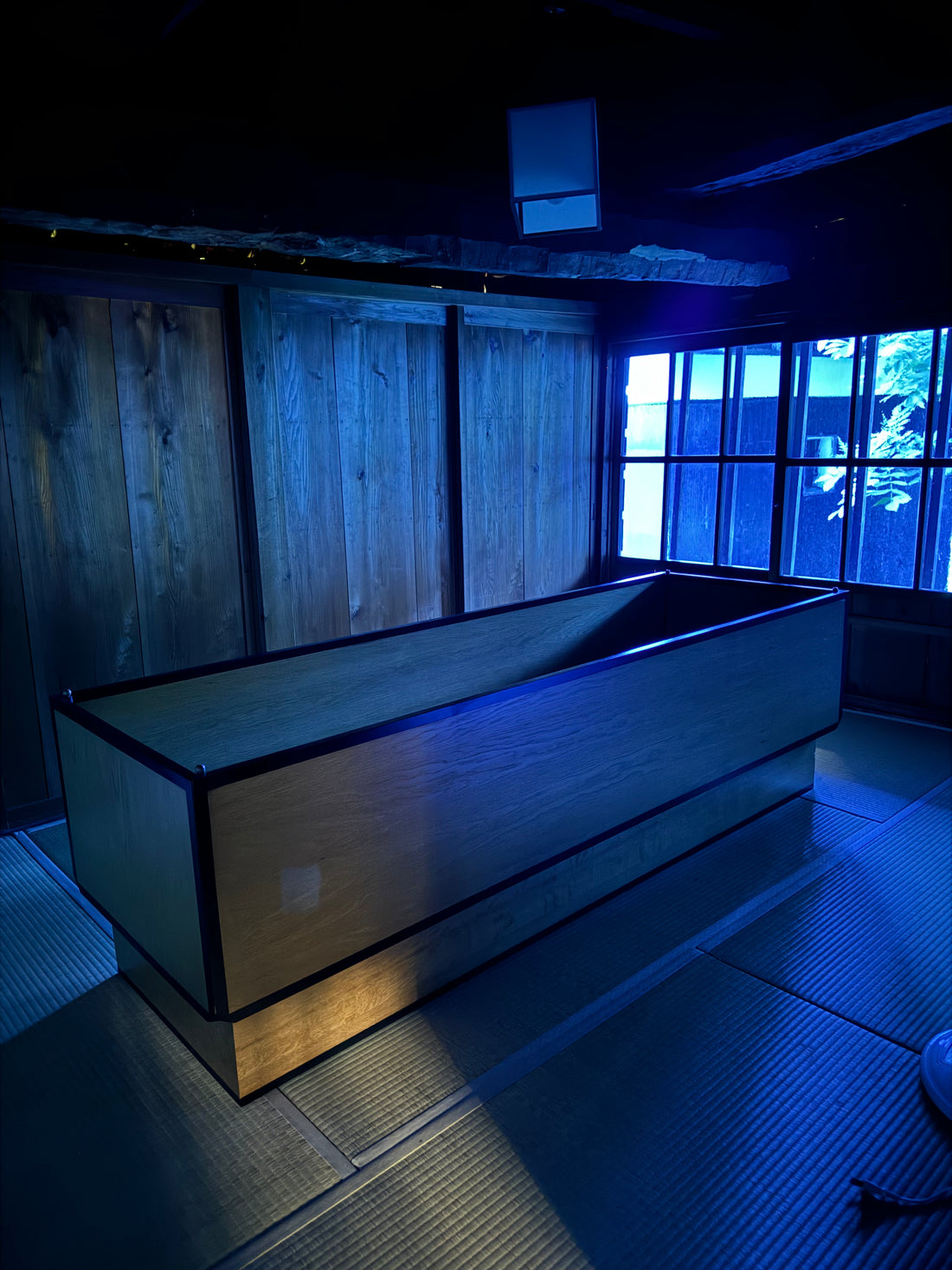
Coloured coffin sleeping arrangements at Dream House
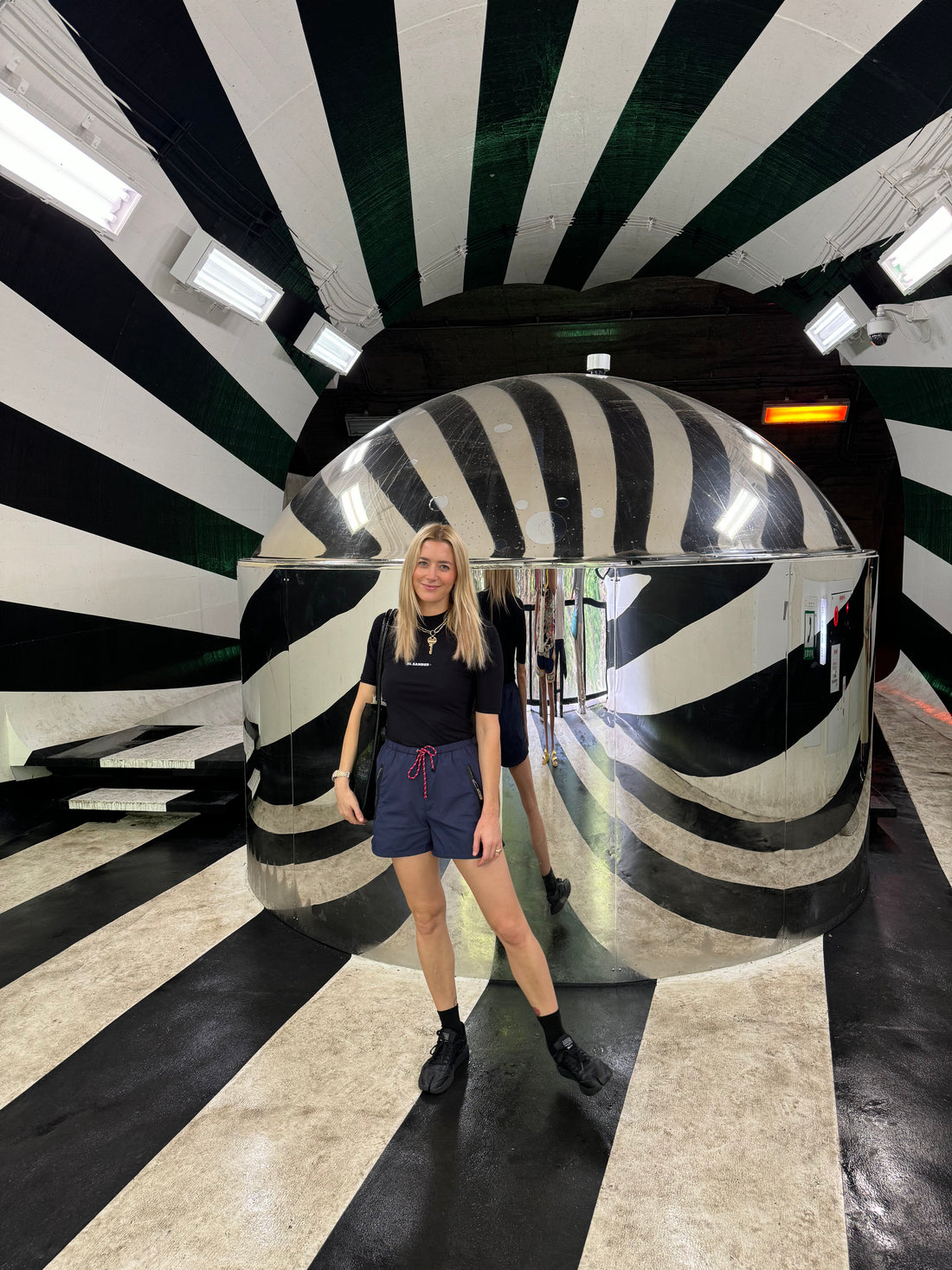
Unique toilet at Tunnel of Light at Kiyotsu Gorge
